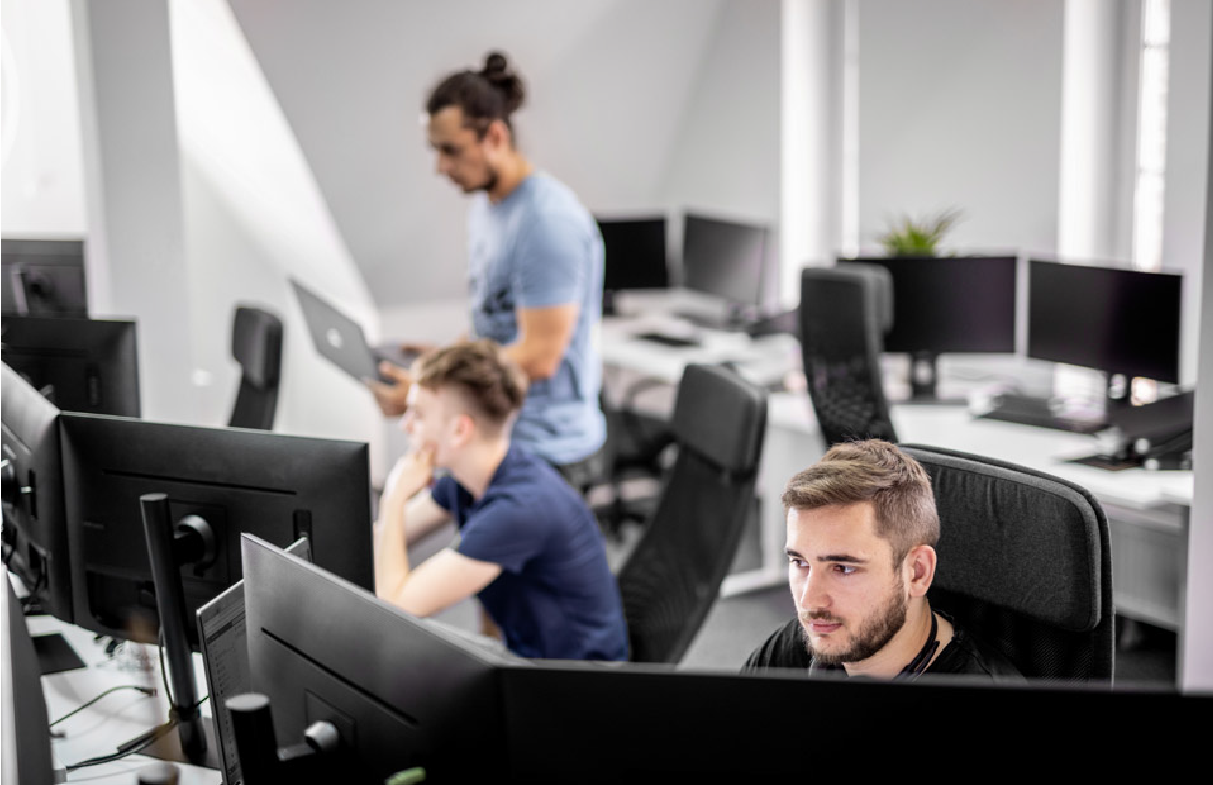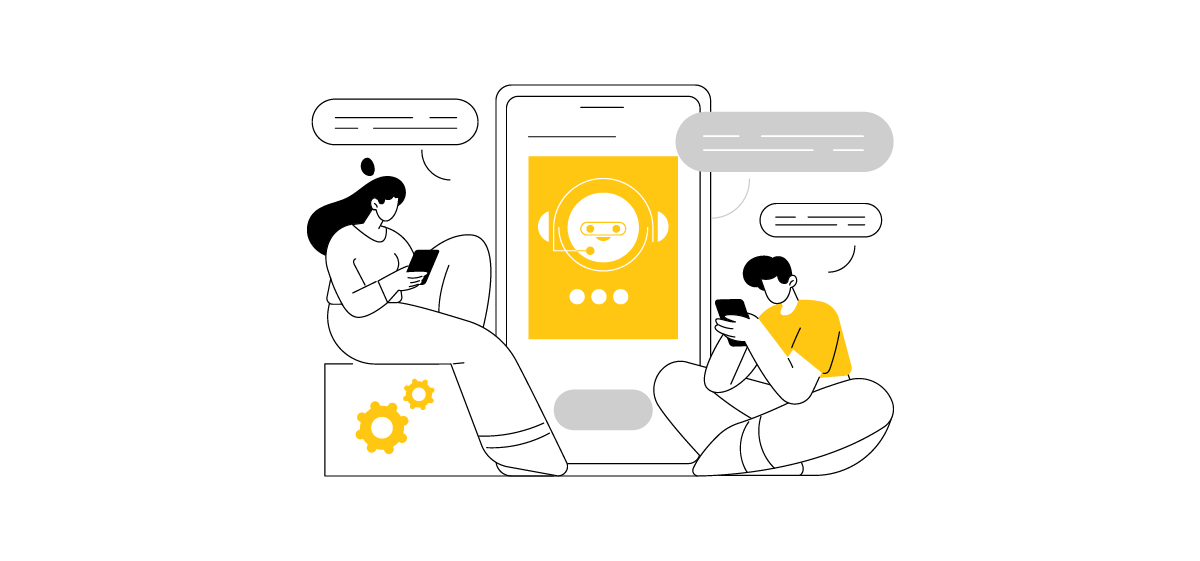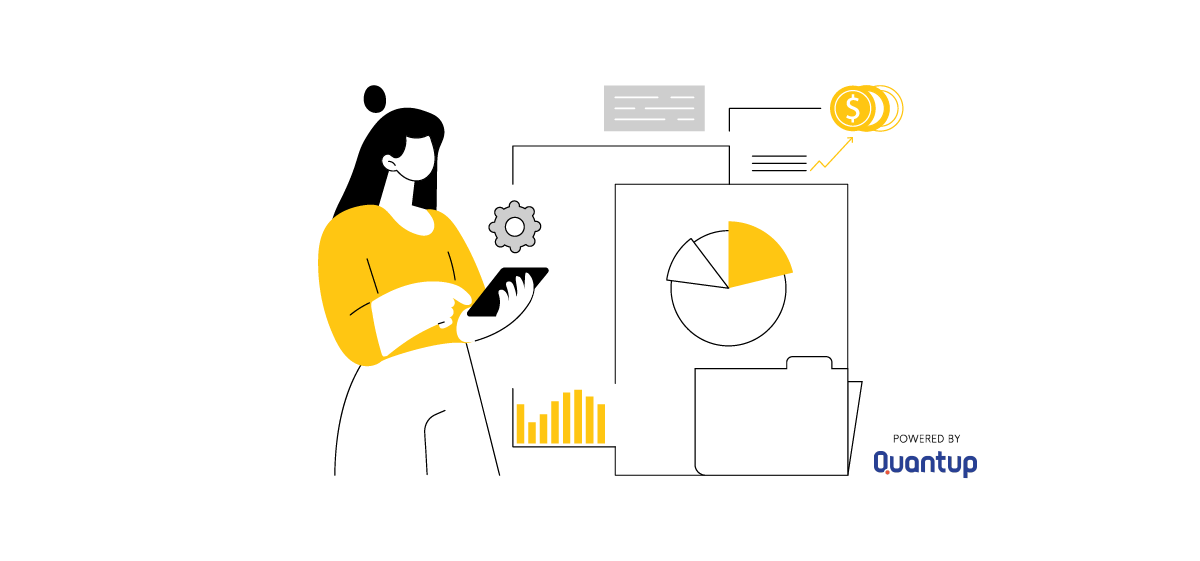
Steve Jobs once said, “If you really look closely, most overnight successes take a long time.” They are closely related to business realities; if you want to succeed in the digital transformation of your company, you need to see it not as a short sprint but as a marathon that requires effort. In this article, we will share with you what five challenges in this area are most often pointed out by managers in Germany and how they can be successfully overcome.
While digitization undoubtedly promises a bright future for companies and organizations, it is seen as one of the biggest transformational challenges facing Germany, as progress in this area continues to lag behind expectations.
According to the 2022 rankings by the ZEW Institute for Economic Research, Germany ranks only 18th among the world’s 21 leading industrial economies, ahead of countries such as Ireland, Belgium, and Austria.

Source: zew.de
Although digital transformation accelerated during the COVID-19 pandemic, the European Center for Digital Competitiveness’s Digital Report 2022 shows that 94 percent of business leaders believe Germany is still lagging in digitization. On a positive note, however, 49 percent of managers believe there’s a good chance that Germany could catch up quickly in the foreseeable future.

The transition to digital business models and technologies is not due to financial constraints in Germany; it is a more complex process related, among other things, to attitudes toward innovation, the lack of specialists in the labor market, and previous mistakes in developing transmission infrastructure. These obstacles include technological, organizational, cultural, and regulatory aspects, which can significantly affect the implementation of digitization strategies. Let’s take a closer look at some of them.
Table of Contents
1. Not enough skilled workers in the market
According to Manager Magazin, “76 percent of surveyed decision-makers from 2,000 large companies ranked the lack of skilled employees with digital know-how as the most important obstacle to digitization.” Many companies would agree that well-trained IT professionals are in high demand, and German companies have difficulty finding and retaining talented professionals. This leads to a gap in the innovation force and a competitive disadvantage compared to the international market. Solving this problem requires investment in education, training, and attracting talent from diverse backgrounds. This takes time and systemic change.
Many companies also depend on having employees working on a contract basis for their digital transformation. They think that in such a situation, the employee will grow in the company for years. However, the reality is changing dynamically; now, the younger generation is looking for new technologies, challenges, and interesting projects, while just having an employee in the company does not guarantee that this person will stay with the company. What if you already need certain specialists for your projects?
The solution? Nearshoring
Nearshoring allows diversification of operations or business processes to nearby or neighboring countries, usually in the same region or continent. The main advantages of using specialists in nearby European countries, such as Poland, include reduced travel time and costs, easier communication due to being in the same time zone, and similar cultural nuances. In addition, nearshoring can help your company’s flexibility during uncertain economic times. For more on this topic, see the article: Why Nearshoring in IT Is the Solution to Inflation in 2023.
2. Knowledge transfer for smoother digital transformation
Within the digitization framework, transparent communication and knowledge transfer among employees play an important role. This is especially important when many skilled employees working in companies for years are retiring. Because they worked on some parts of the application for many years, it is common for companies to need a smoother flow of knowledge to younger employees and of documentation management. In turn, the systems in question are so customized that younger employees sometimes find that they won’t use this experience in other companies because it’s dedicated only to a particular business.
Today’s young employees are much more precise in determining the value of their work at the company. They often wonder whether learning a particular system will increase their value in the job market. In such a situation, it makes sense to switch to technology solutions that are publicly known and valued and that only require learning the specifics of a product rather than learning the system from scratch. This allows the product to be developed by a new generation in the labor market that is familiar with the product documentation.
The solution? A team of specialists who love what they do
Working in project teams is highly motivating, increases creativity, and impacts the effectiveness of software development at VM.PL. Most engineers have been working with us for years on B2B contracts as the only partner, and they value the opportunity for development and the good atmosphere we create in the company. If you want to learn the various stages of joining such a close-knit team of specialists in your company, read more about cooperation models.

3. No idea about digital product development
Many of Germany’s leading companies were founded decades ago, and maintaining and growing a company is sometimes a challenge. Some believe the best option is to sell shares to a larger group with the tools or processes needed to execute the digital transformation. One leader wanted to move his system to the cloud, but this was impossible due to the monolithic architecture of the system, so he sold shares to a larger group. If he had agreed to rebuild the system architecture and build a series of microservices, he could have easily moved the application to the cloud and continued to grow the company.
The solution? Migrate to new technologies with experienced developers.
Germany has very well-developed business processes and products that have regular buyers. However, technology is developing all the time, and VM.PL has experience in refactoring and digital development for many companies. Our many services include architecture development, infrastructure development, and AI/ML data analysis. An example is the success of a client who, by building AI analytical models, achieved 30% more savings through algorithms that facilitate the detection of suspicious claims in the financial industry. You can read about other services here.
4. The lack of a testing environment makes bug fixing time-consuming and expensive
During the software development process in Germany, the need to maintain a test environment is often neglected. As a result, it takes many weeks to fix bugs because the programmer cannot reproduce the error. The result is a temporary halt on the production side of building software for the customer, causing losses on both sides.
The solution: A robust test automation framework
We create test environments that streamline the process of automating application testing. Just as a development framework simplifies the software development process, a test automation framework makes creating, executing, and maintaining automated tests easier. By following established guidelines, test automation becomes more organized, efficient, and less expensive to maintain, and it minimizes the need for manual intervention in the testing process. What does the step-by-step quality assurance process look like? Read in the article: Introduction to Software Testing: The Process, Types of Testing, and Business Benefits.
5. Need for better understanding of user needs
Germany still has a technological debt when it comes to, for example, integrating digital technologies into public services. It is, therefore, necessary to streamline administrative processes by improving citizen-oriented services and promoting digital interactions with government entities.
Progressive digitization has also changed users’ communication habits, requiring product customization. This requires answering, among other things, these questions:
- What does my customer want?
- What difficulties do they have?
- Why do they need our products?
- What trends are emerging in the market?
Collecting and evaluating this data allows you to tailor your company’s strategy to meet the needs of your customers and product buyers.
The solution: UX graphic interface design
UX design is a major development trend to understand the end user better. It focuses on optimizing the interaction between people and products, making them easy, effective, and enjoyable. A well-executed UX design results in loyal customers who recommend the product or service to others.
At VM.PL, we design the front-end of the application based on user research, which determines how a given group of end-users will use the product, in what environment, and what tools they will use. Only on this basis do we design interfaces (A/B testing, building road-map, user-flow diagram, application mockups, etc.).
Take a step forward in the digital transformation of your business
Digital transformation is not an empty buzzword but an essential tool for organizations that want to remain competitive. They help organizations achieve greater efficiency, cost savings, and customer engagement. Moreover, they can automate many tasks and activities, allowing employees to focus more on strategic tasks, use time more wisely, and increase productivity.
In this article, we certainly have not covered all the challenges facing digital innovation leaders. However, if you identify with some of them, we would be happy to talk about your needs. At VM.PL, we are at your service with a customized digitization offer.














